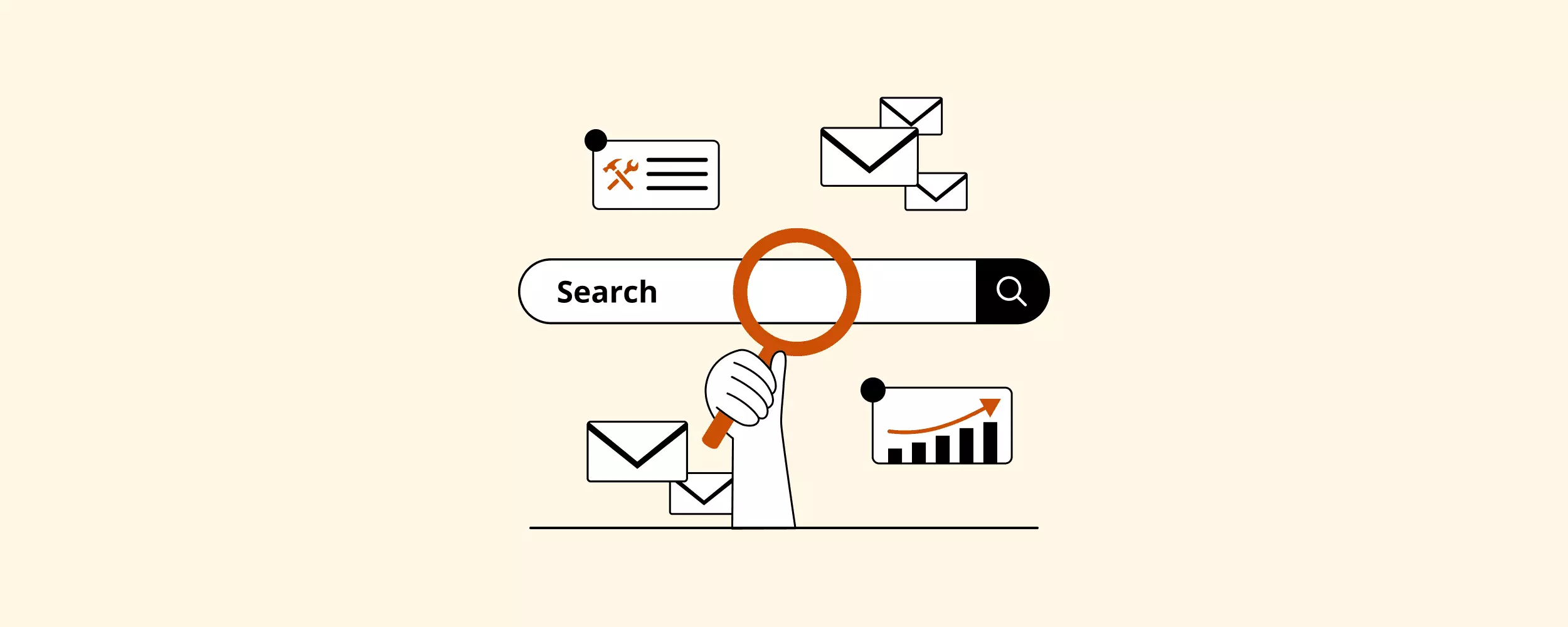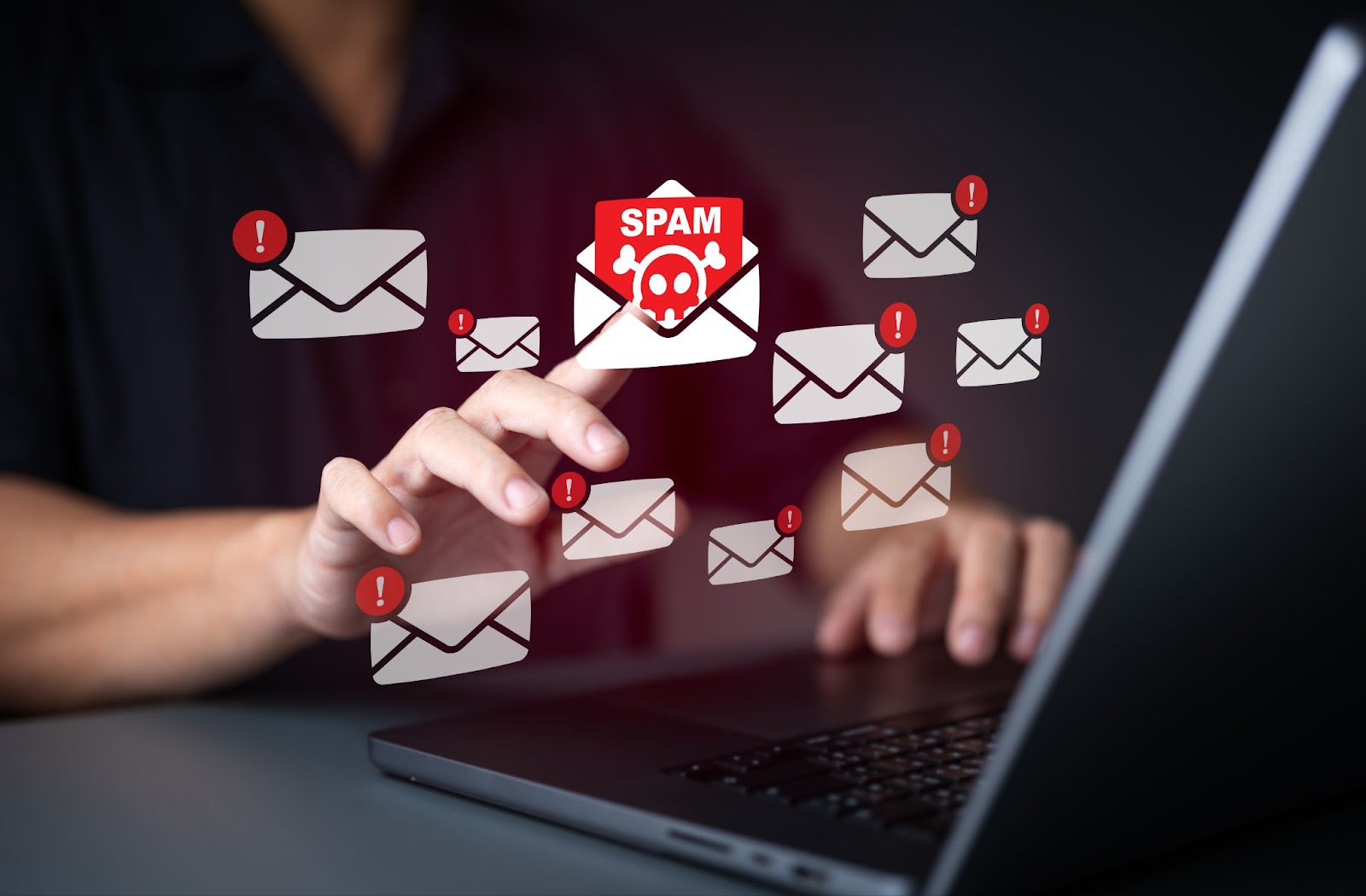What is email bounce rate?
Email bounce rate refers to the percentage of email messages that are not successfully delivered to your recipients’ inboxes. When an email bounces, it means the recipient’s server rejected it. There are two types of bounces:
Soft bounces occur due to temporary issues like a full inbox or server errors.
Hard bounces happen when the email address is invalid or doesn’t exist.
Why does email bounce rate matter?
Bounce rate impacts your sender reputation. A high bounce rate suggests poor email list hygiene, outdated addresses, or spam-like behavior. Email service providers monitor this and may block or throttle your emails if bounce rates stay high. Keeping bounce rates low ensures better deliverability and improves engagement with your audience.
How to calculate email bounce rate?
Use this formula:
Bounce Rate = (Number of Bounced Emails / Number of Emails Sent) x 100
For example, if you send 2,000 emails and 100 bounce:
(100 / 2,000) x 100 = 5%
This means 5% of your messages didn’t reach the intended recipients. Track this rate over time to monitor list quality and sending practices.
How to improve email bounce rate?
Regularly clean your email list by removing invalid or inactive addresses. Use a double opt-in process to confirm subscriber emails. Avoid purchased lists, which often include outdated or fake addresses. Send emails consistently to maintain engagement and monitor your results. Use list verification tools before launching large campaigns. Also, check your domain’s sender reputation and DNS settings.
How to measure email bounce rate?
Most email marketing platforms show your bounce rate in campaign reports. Segment bounces into soft and hard categories. Investigate why bounces occurred—whether due to typos, deactivated accounts, or server issues. Use analytics to compare bounce rate with open and click-through rates. If hard bounces are frequent, update your opt-in process and verify addresses before sending.
Final thoughts on bounce rate
A good bounce rate is typically under 2%. Anything higher should prompt an audit of your list and sending practices. Pay attention to hard bounces and remove those addresses quickly. Monitor trends over time rather than reacting to individual spikes. A clean, verified list and responsible email strategy will keep bounce rates low and performance high.



Leave a Reply